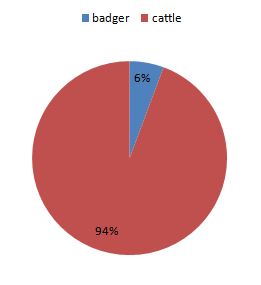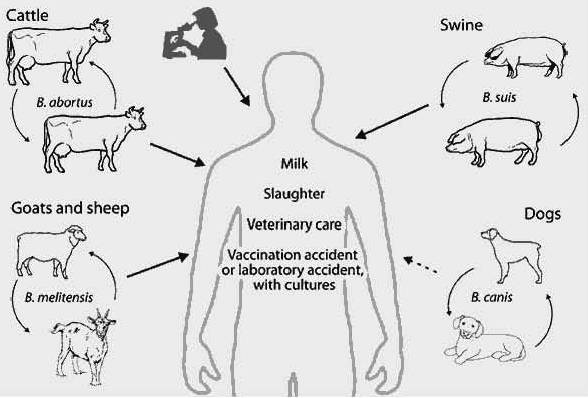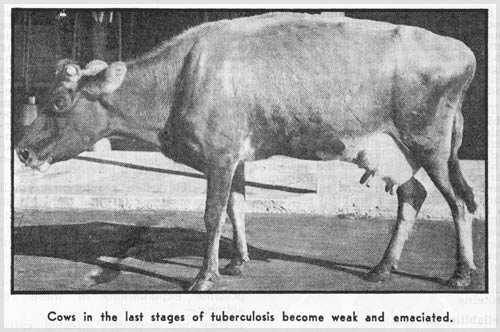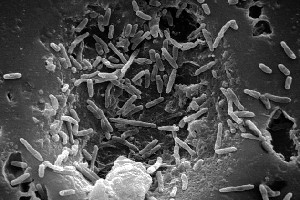Cases of bovine tuberculosis has been recorded throughout the world, with Britain among the hardest hit:

Southwest Britain especially has an increasingly high prevalence of bTB with more than 28,000 cases in cattle reported in 2010.
Cases of bovine tuberculosis has been recorded throughout the world, with Britain among the hardest hit:

Southwest Britain especially has an increasingly high prevalence of bTB with more than 28,000 cases in cattle reported in 2010.

While cattle are the main animals to be infected with bTB, various scientific reports such as by Krebs (1997) suggest that Eurasian badgers (Meles meles) act as a wildlife reservoir and can transmit bTB to cattle.
Badger infection rate is estimated to be ~4-6% (RSPCA), and badger to cattle transmission may account for 5.7% of the total bTB infections in Great Britain cattle. The rest of the cattle infections are thought to derive from cattle-to-cattle transmission (McDonald, 2014).

In order for badger to cattle transmission, certain criteria must be met:
While transmission is thought to occur through aerosols, feces, or urine, the exact mechanism of transmission from badger to cattle is unknown and controversial (Lodge and Matus, 2014).
Potential transmission mechanisms include:

WARNING: The following post contains graphic images!
Bovine tuberculosis is often identified and characterized by large lesions on affected organs, primarily on lymph nodes and throughout the respiratory tract. These lesions greatly impair respiratory function and the overall health of the infected animals.
Diseased vs. normal lung:

Granulomatous lesions:

Bovine tuberculosis can potentially infect humans, resulting in lesions across the respiratory tract and body. Humans can contract bTB from cattle primarily through drinking milk contaminated with Mycobacterium bovis. However the overall risk to humans is LOW since milk is now routinely pasteurized.

Other animals can potentially also spread bTB to humans during close contact such as through slaughter or veterinary care. Accidental exposure in laboratories is another possible route of infection. These routes of infection are highly unlikely though.

Bovine tuberculosis progresses from initial infection, subclinical symptoms, to a severe disease state riddled with numerous lesions. Death may eventually result.

Step 1: Infection
Step 2: A silent danger
Step 3: Lesions!
Step 4: Death?

A variety of mammalian species are susceptible among livestock, wild, and domestic animals (O’Reilly and Daborn, 1995).

Susceptible species, in addition to humans, include:
Livestock:
Wildlife:
Domestic animals:
(WARNING: This post contains a graphic image!)
What is bovine tuberculosis (bTB)?

Mycobacterium bovis
